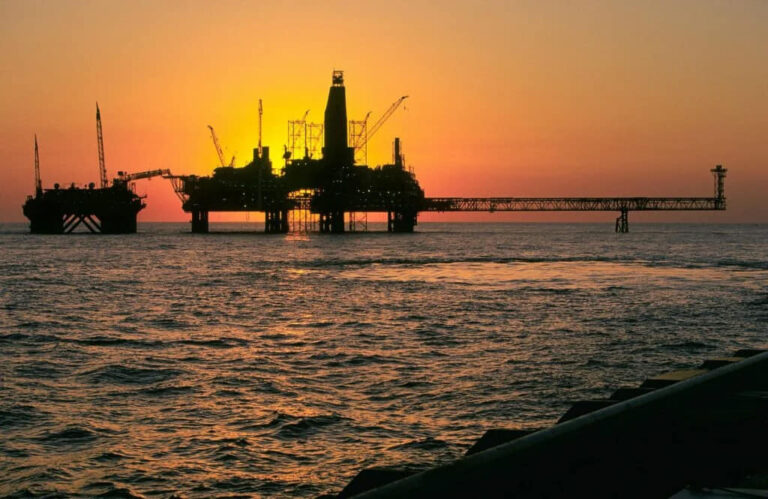Australian energy player Santos has received the thumbs-up for its revised environment plan (EP) from the country’s offshore regulator, which will enable it to bring online a new well off the
Australian energy player Santos has received the thumbs-up for its revised environment plan (EP) from the country’s offshore regulator, which will enable it to bring online a new well off the coast of Australia to bolster gas production from existing assets.

The National Offshore Petroleum Safety and Environmental Management Authority (NOPSEMA) has accepted Santos’ environment plan to drill and complete the Halyard-2 production well in the Greater East Spar (GES) field, located in Commonwealth waters within production licenses WA-13-L and WA-45-L.
The Australian firm is the operator of the John Brookes, Spartan, and GES gas fields on the northwest shelf of Western Australia. The production fluids from these fields are transported by subsea pipelines to the Varanus Island (VI) oil and gas hub, which is managed under the environment plan accepted by the regulator in September 2014.
Santos revised the EP to incorporate the commissioning, start-up, and operations associated with the Halyard-2 well, which will replace the Halyard-1 well to allow gas supply to continue at the Varanus Island Hub. The commissioning and start-up activities entail the pressurization of the GES system, including East Spar pipeline, subsea valve operation, priming activities on subsea infrastructure, and treated seawater displacement from the Halyard-2 tie-in spool on Varanus Island.
According to the operator, the Halyard 2 well will be connected to the Varanus Island Hub in Q1 2025, followed by the operation of the well through the hub. Santos has denied the existence of any new or increased environmental risks associated with the commissioning, start-up, and operation of the new well.
The existing environmental impacts and risks associated with the development drilling and installation activities were addressed in the accepted Halyard-2 drilling and completion environment plan, which outlined the activities would begin between 2Q 2024 and the end of 2026 within the Carnarvon Basin, approximately 100 kilometers north of Onslow.
Following an engineering, procurement, removal, and disposal contract in November 2023, McDermott was tasked with the full removal and disposal of the Campbell platform, which was part of the Varanus Island Hub offshore infrastructure in Western Australia. Once the U.S. player wrapped up the decommissioning work, it secured another job with Santos for the decommissioning of the Harriet Alpha platform and associated infrastructure offshore Western Australia.
Related Article
-
McDermott picks up ‘largest’ decom job in its history
Project & Tenders
Santos is working on several energy projects, including the Barossa gas project, located in Australian waters off the Northern Territory of Australia. After the Environmental Defenders Office (EDO) challenged the development of the project in court, the Federal Court of Australia ordered the EDO to pay for the legal costs incurred by Santos during the legal battle, as the ruling ended up in favor of the Australian giant.
“The clear, advertised objective of the ‘Stop Barossa Gas’ campaign was to disrupt, delay and potentially shut down the Barossa Gas Project, thereby causing economic harm to the Barossa JV partners and to participants in the Darwin LNG JV,” emphasized the operator of the project.
The Barossa gas project and the associated Darwin LNG life extension are expected to create around 600 jobs throughout the construction phase and secure about 350 jobs for the next 20 years of production at the Darwin LNG facility. The NT government estimates A$2.5 billion (almost $1.6 billion) worth of wages and contracts will flow to Territorians from the projects during that time.
BW Offshore’s floating production storage and offloading (FPSO) vessel is scheduled to start work at the Santos-operated giant gas project in 2025. The Norwegian player recently disclosed additional costs of up to $150 million for the completion of the remaining work related to the FPSO.
Related Article
-
Australia-bound FPSO on track for first gas in 2025 but BW Offshore facing cost overruns (Gallery)
Business Developments & Projects
With a processing capacity of up to 900 million standard cubic feet per day (mmscfd) of gas and a design capacity of 11,000 barrels per day of stabilized condensate, the FPSO is expected to head to Australia in the first quarter of 2025. The first gas at the project is due in the third quarter of 2025.
Content Original Link:
" target="_blank">


























































